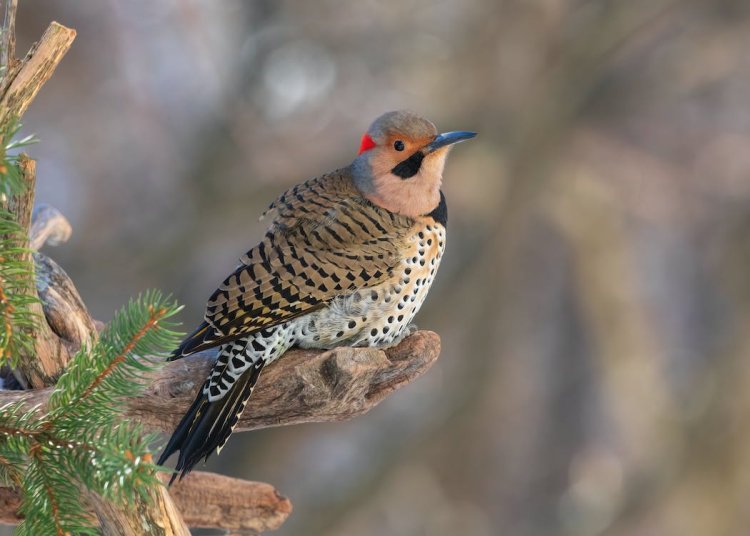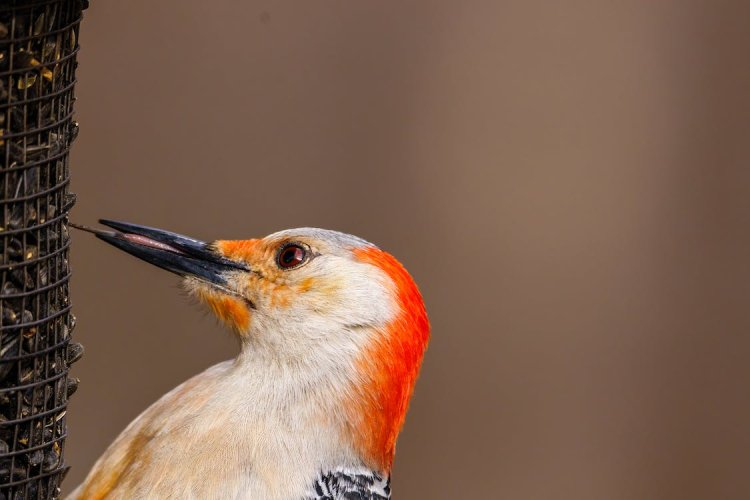How the Woodpecker Finds Its Food
Discover the fascinating ways woodpeckers locate and secure their meals. Explore woodpecker feeding habits in detail.

Introduction
Woodpeckers, with their distinctive drumming sounds and rapid pecking, have always intrigued bird enthusiasts and nature lovers. But have you ever wondered how these fascinating birds find their food? In this comprehensive guide, we will delve into the intriguing world of woodpeckers' feeding habits and learn the secrets behind their successful food-finding techniques.
Woodpecker Diet
Woodpeckers are not picky eaters. Their diet primarily consists of insects, making them invaluable in controlling insect populations in forests and woodlands. These insects include ants, beetles, caterpillars, and even spiders. Some species also dine on tree sap and fruits. Let's explore the diverse menu that sustains these feathered drummers.
Woodpeckers play a vital role in maintaining the ecological balance by helping control insect populations, thus preserving the health of trees and forests.
How Woodpeckers Locate Food
Sensory Tools
Woodpeckers possess remarkable sensory adaptations that help them locate insects hiding within trees and bark. Their acute sense of hearing allows them to detect the subtle movements of insects beneath the surface. Additionally, their excellent vision aids in spotting potential prey.
Drumming Sounds
Woodpeckers are famous for their rhythmic drumming on tree trunks. This drumming serves a dual purpose - it helps announce their presence to potential mates and, more importantly, resonates through the wood, revealing the location of insects hiding within.
Foraging Strategies
Once woodpeckers identify their prey, they employ specialized techniques to extract insects from various surfaces.

Powerful Beak
The most iconic feature of woodpeckers is their chisel-like beak. This sturdy beak is adapted for drilling into wood and extracting insects. Its shock-absorbing structure prevents brain injury from the repeated pecking.
Agile Tongue
Woodpeckers have a long, extensible tongue equipped with barbs or bristles. This tongue can reach deep into crevices to capture insects, making it an invaluable tool for their hunting.
Woodpecker Feeding Behaviour
Woodpeckers exhibit distinct feeding behaviors. They often hop up tree trunks or branches in search of insects, using their strong claws for support. Their rapid, rhythmic pecking and probing, combined with their exceptional sensory abilities, make them efficient hunters.
Conclusion
Understanding the woodpecker's feeding habits not only provides insights into the fascinating world of avian behavior but also highlights their critical role in maintaining the ecological balance by controlling insect populations. The next time you hear that distinctive drumming in the woods, you'll know that a woodpecker is hard at work, contributing to the harmony of nature.

















